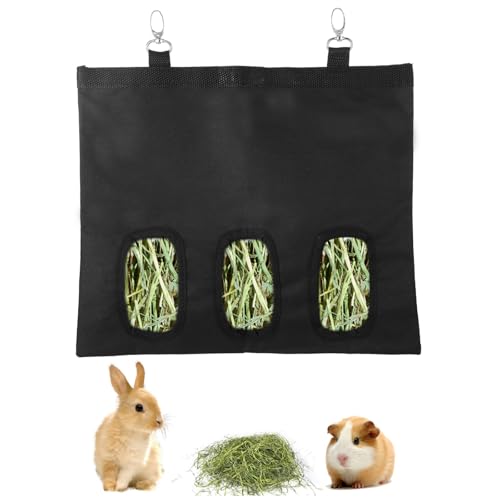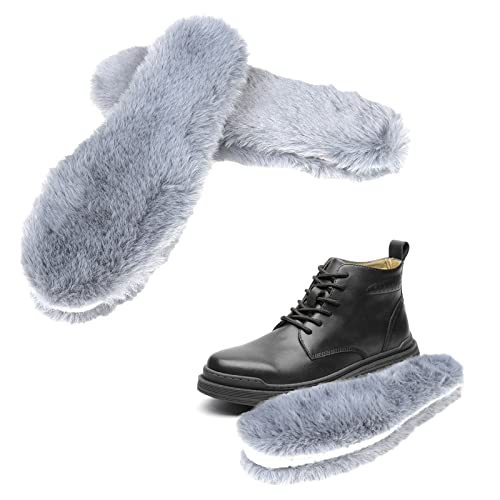JG3
Well-known member
So we have Californian, Flemish Giant/NZ cross and New Zealand rabbits. Anytime we have had litters they have always been pure white, pure black, black with Vienna markings, black/grey/brown peppered (unsure if there’s a specific name for this) and Californian colouring. This time in breeding our Californian with the Flemish/NZ cross we got a whole new colour we haven’t seen before and I was wondering what it’s called or what it looks like.
It’s like the ears are darker like a Californian on the outside but white inside, body brown like our Flemish giant (but he’s brown/black peppered), but with white mixed in and it’s whole underside is white. Just trying to figure out how to add photos…
It’s like the ears are darker like a Californian on the outside but white inside, body brown like our Flemish giant (but he’s brown/black peppered), but with white mixed in and it’s whole underside is white. Just trying to figure out how to add photos…

























![FHQHTH Faux Rabbit Fur Purse Fuzzy Handbags for Women Evening Handbags Al alloy Shoulder Strap [Rabbit Red]](https://m.media-amazon.com/images/I/41l5Hd2qrhL._SL500_.jpg)










